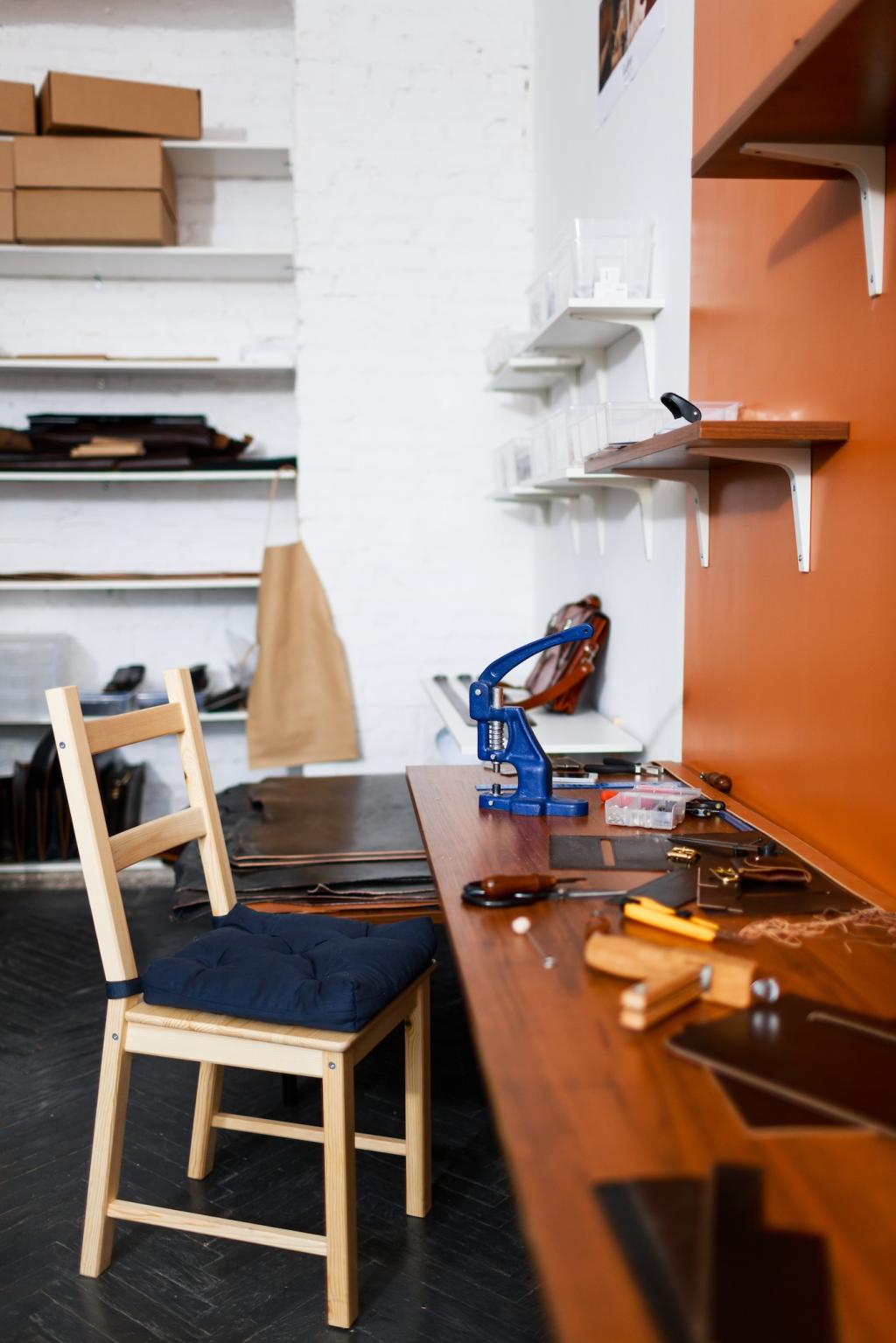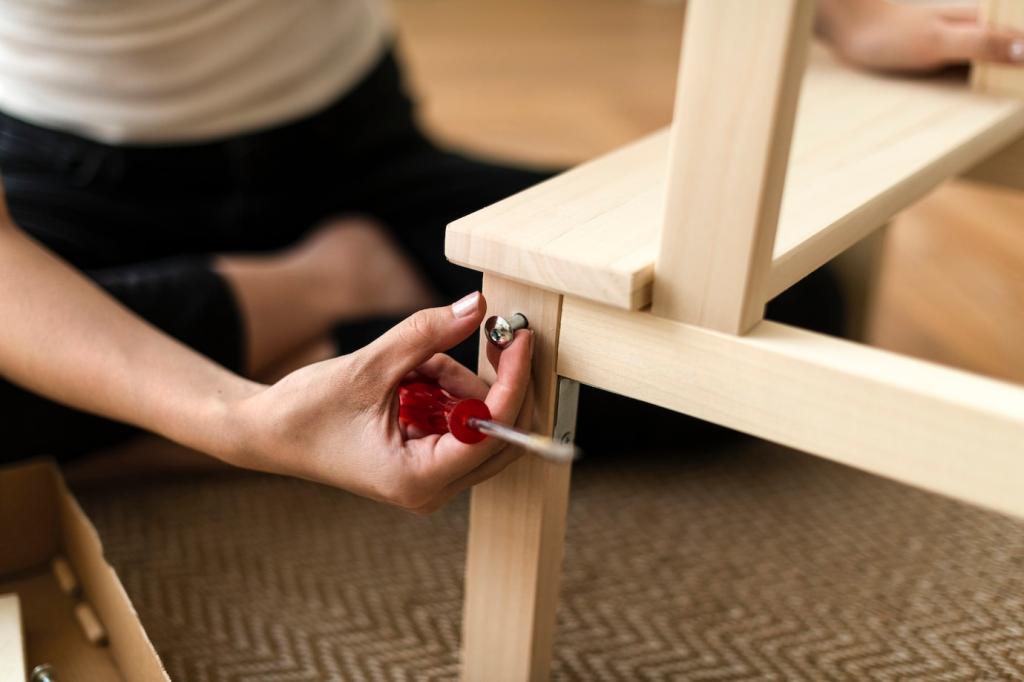Tools and Materials That Make Repairs Easier
Keep a sanding block, random-orbit sander, putty knife, wire brush, hex keys, adjustable wrench, and clamps. Add spare drill bits, a countersink, and a square for aligned joints. Share your go-to tools and unexpected favorites with new readers.
Tools and Materials That Make Repairs Easier
Choose exterior wood filler, stainless or galvanized fasteners, rust converter, zinc-rich primer, marine-grade varnish, and outdoor enamel. For fabrics, use outdoor thread, UV-stable webbing, and quick-dry foam. Tell us which brands survive your climate best.






